Hit enter to search or ESC to close
Product descriptions
Q550D Q550E low alloy steel sheet is a D-grade quenched and tempered low alloy high strength steel sheet with a yield strength of 550MPa. Its production complies with GB/T related national standards.
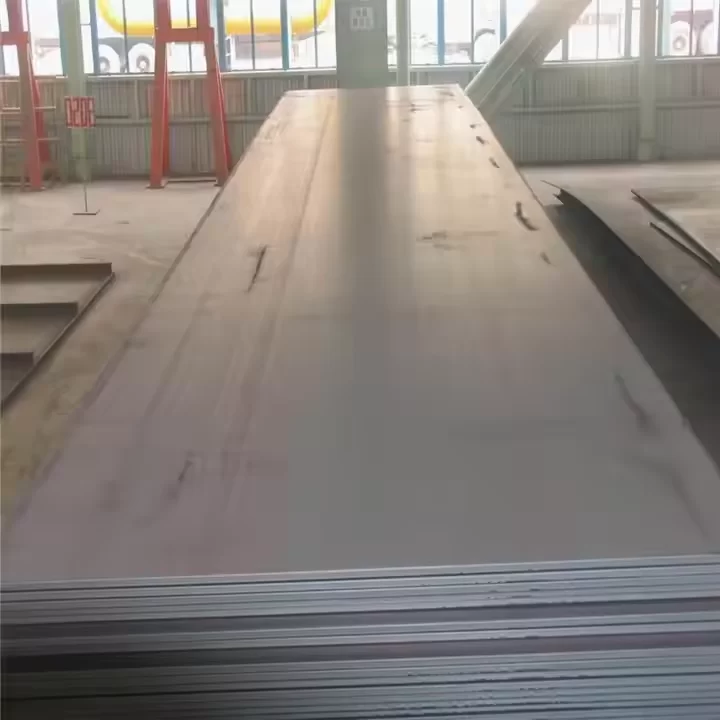
Q550D Q550E high strength steel plate performance characteristics
*High strength: The yield strength reaches 550MPa, and it can still maintain high impact toughness at low temperatures.
*Wear resistance and fatigue resistance: Q550D Q550E high tensile steel sheet contains alloy elements, which can improve wear resistance and fatigue resistance.
*Corrosion resistance: The addition of alloy elements can improve the corrosion resistance of Q550D Q550E.
Q550D Q550E high tensile alloy steel engineering application: It is widely used in bridges, buildings, vehicles, ships and other fields, and can improve the bearing capacity and stability of the structure.
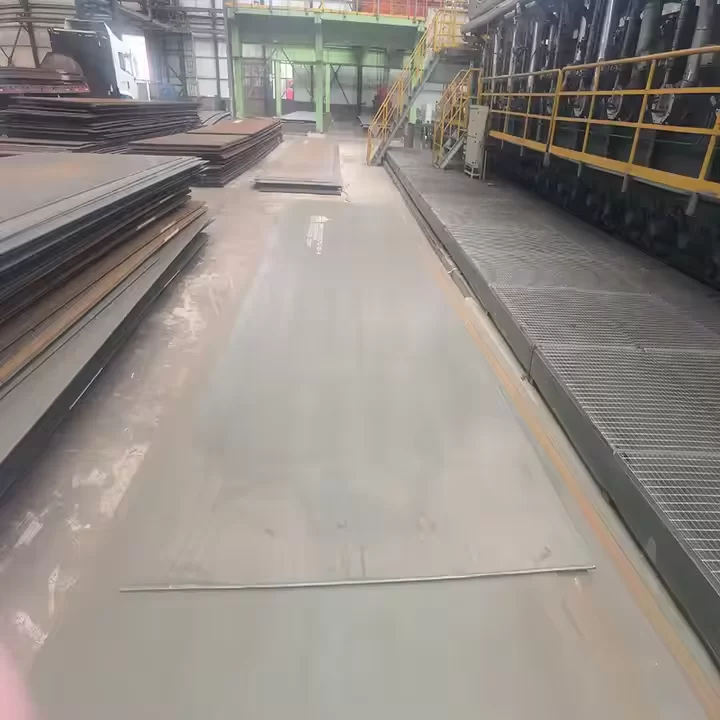
Company Introduction
Our company was founded in 1992 with a registered capital of US$29.8 million. We currently have over 6,000 employees. We are a large-scale, comprehensive steel enterprise integrating coal washing, coking, sintering, ironmaking, steelmaking, rolling, power generation, oxygen production, and scientific research. We have an annual production capacity of 10 million tons each of iron, steel, and materials. Our leading products include high-strength structural steel, steel for boilers and pressure vessels, shipbuilding steel, bridge steel, high-rise building steel, wear-resistant steel, automotive steel, pipeline steel, cold-rolled steel, and galvanized steel.
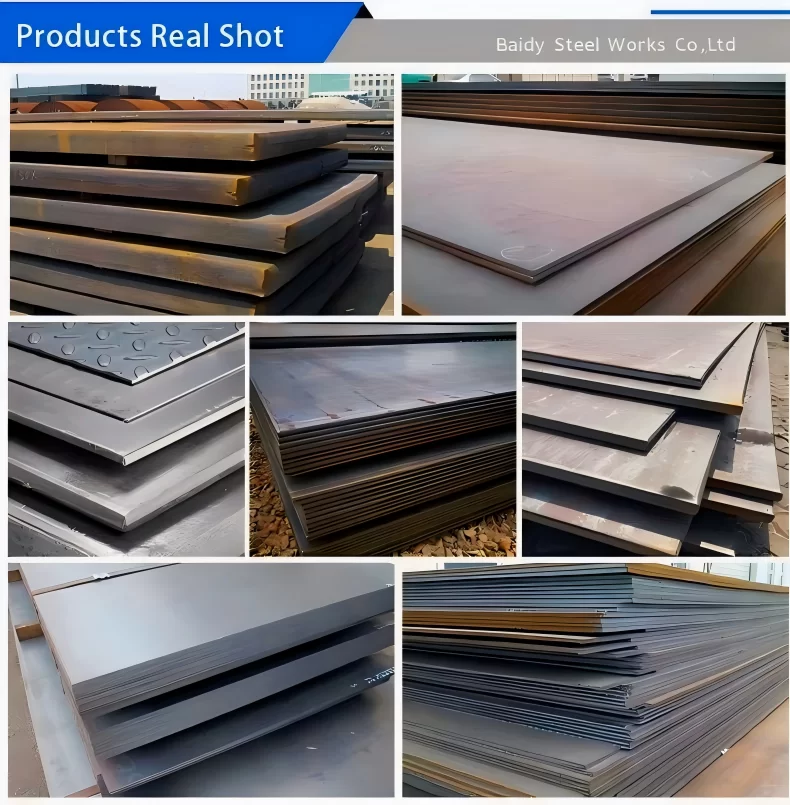
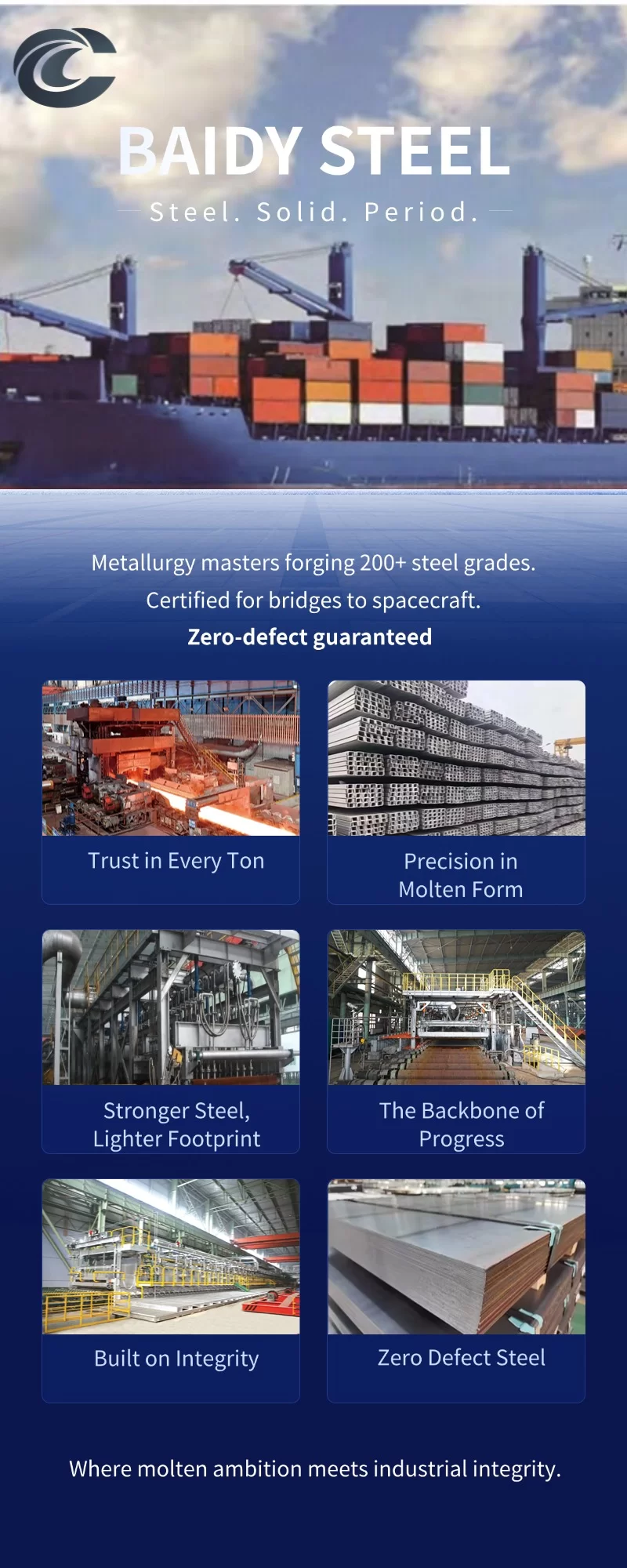
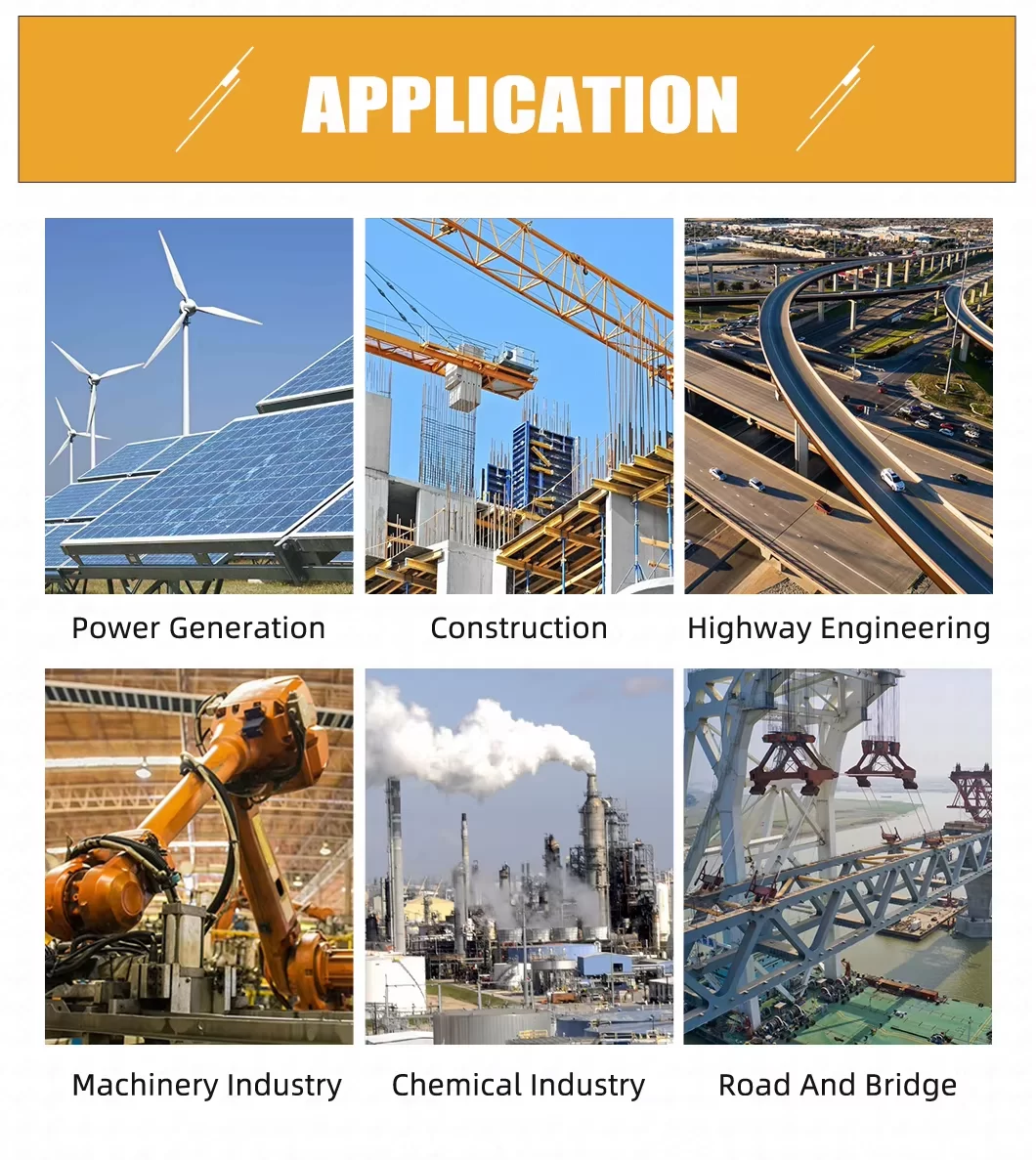
Xingtai Baidy Steel Works Co.,Ltd
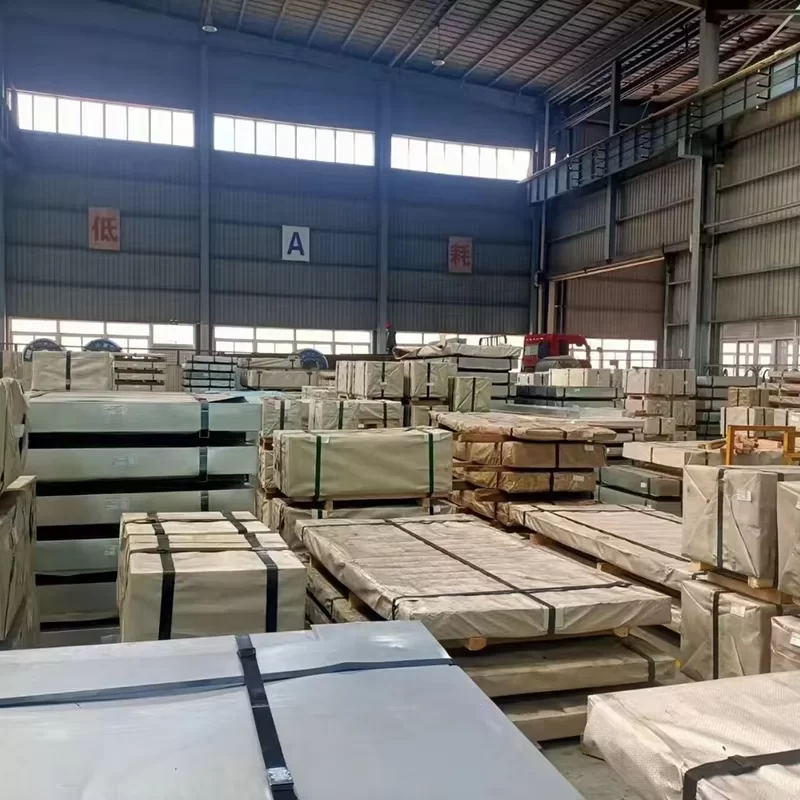
High-strength steel (HSS) is designed to provide superior mechanical properties compared to conventional carbon steel, combining high tensile strength, toughness, and ductility. Its tensile strength typically ranges from 500 MPa to over 1000 MPa, depending on the grade and alloying elements, which often include manganese, chromium, nickel, or molybdenum. HSS offers excellent load-bearing capacity while allowing for reduced material thickness, making it ideal for automotive components, structural frameworks, and heavy machinery. It also exhibits good fatigue resistance and can absorb impact energy, enhancing safety in crash-prone applications. High-strength steel can be supplied in various forms, including sheets, plates, and structural sections, and may undergo processes such as hot rolling, cold rolling, or heat treatment to optimize performance. Overall, its combination of strength, ductility, and toughness enables lightweight, durable, and efficient designs across multiple industries.
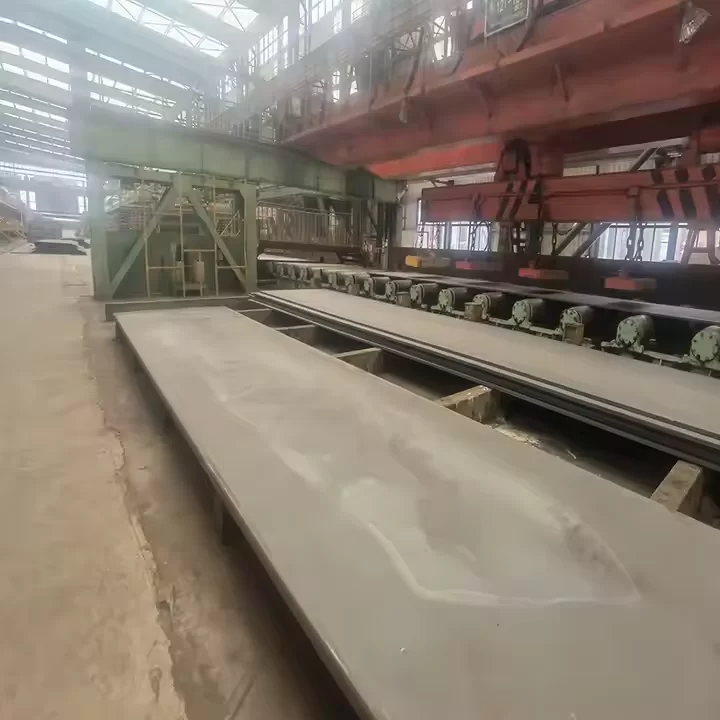
High-strength steel (HSS) is used when a combination of superior strength, durability, and reduced weight is required in structural or mechanical applications. It is ideal for automotive components, such as chassis, B-pillars, and crash structures, where high tensile strength improves safety while reducing overall vehicle weight to enhance fuel efficiency. In construction, HSS is employed in bridges, high-rise buildings, and industrial structures to support heavy loads without increasing material thickness. It is also suitable for machinery, pressure vessels, and pipelines that demand high fatigue resistance and the ability to withstand impact or dynamic forces. By using high-strength steel, engineers can design lighter, more efficient, and safer structures while maintaining performance under extreme conditions. Its versatility makes it a preferred choice whenever strength-to-weight ratio, toughness, and long-term durability are critical considerations.